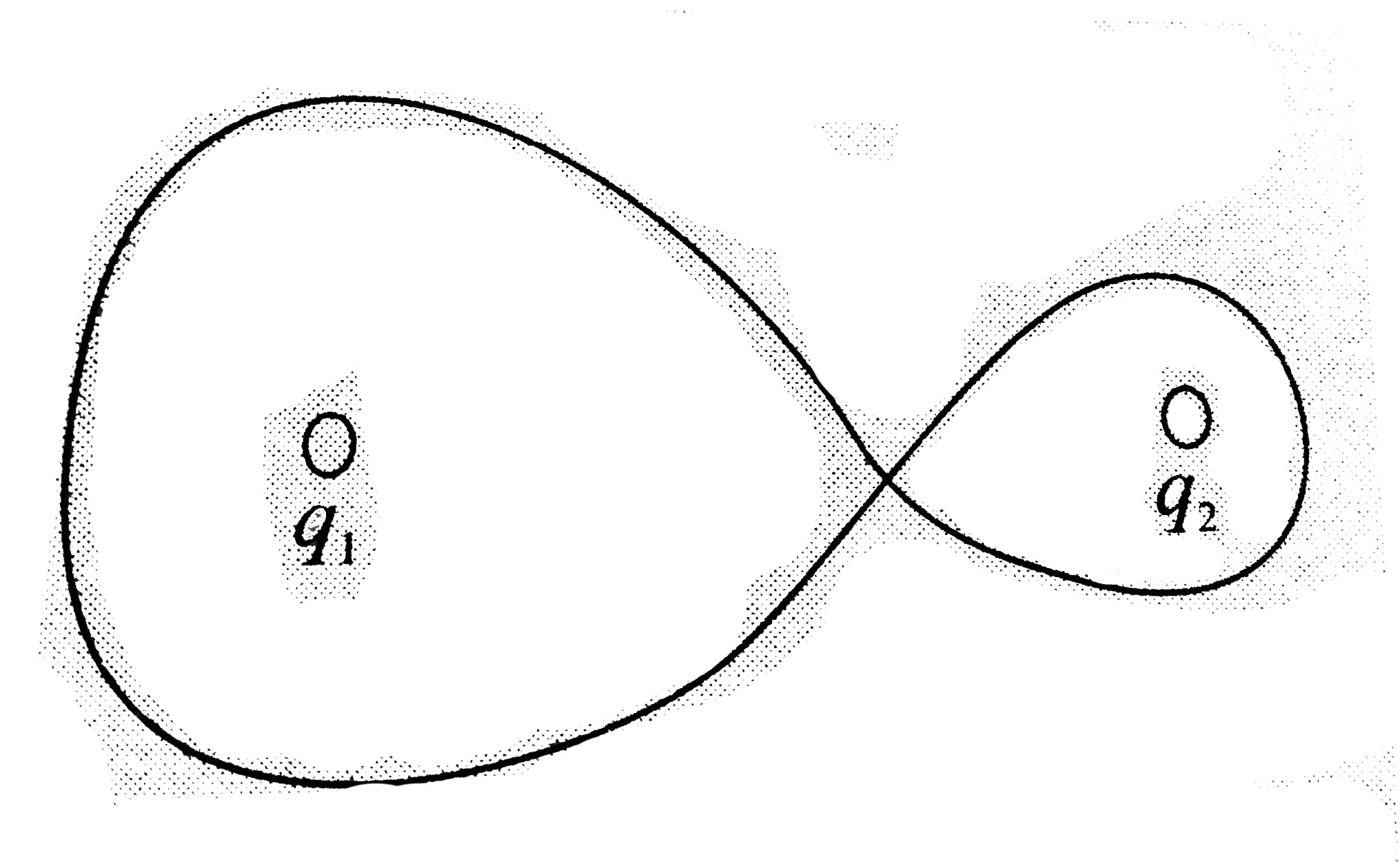Complete Solutions to Examples of chapter ELECTRIC POTENTIAL of Class 12 book with complete answers and questions
| Class 12 | PHYSICS |
| Chapter | ELECTRIC POTENTIAL |
| CENGAGE PHYSICS | Examples |
| Number Of Questions | 9 |
| Academic Year | 2023-24 |
A nonconducting disk of radius a and uniform positive surface charge density `sigma` is placed on the ground, with its axis vertical. A particle of mass m and positive charge q is dropped, along the axis of the disk, from a height H with zero initial velocity. The particle has `q//m = 4 epsilon_(0) g// sigma`.
(i) Find the value of H if the particle just reaches the disk.
(ii) Sketch the potential energy of the particle as a function of its height and find its equilibrium position.
View SolutionThree concentric conducting shells of radii a, b and c are shown in (Fig. 3.100). Charge on the shell of radius b is Q. If the key K is closed, find the charges on the innermost and outermost shells and the radio of charge densities of the shells. Given that `a : b : c = 1 : 2 : 3`.
View SolutionA conducting sphere `S_1` of radius `r` is attached to an insulating handle. Another conduction sphere `S_2` of radius `R` is mounted on an insulating stand. `S_2` is initially uncharged. `S_1` is given a charge `Q` brought into contact with `S_2` and removed. `S_1` is recharge such that the charge on it is again `Q` and it is again brought into contact with `S_2` and removed. This procedure is repeated `n` times.
a. Find the electrostatic energy of `S_2` after `n` such contacts with `S_1`.
b. What is the limiting value of this energy as `nrarroo` ?
View SolutionTwo isolated metallic solid spheres of radii R and 2R are charged such that both of these have same charge density `sigma`. The spheres are located far away from each other and connected by a thin conducting wire. Find the new charge density on the bigger sphere.
View SolutionThe potential in the electric field varies as `V = -a x^2 + b` with respect to x - coordinate, where a and b are constants. Find the charge density `rho (x)` in a space.
View SolutionA positive charge `+Q` is fixed at a poibt A. Another positively charged particle of mass m and charge +q is projected from a point B with velocity u as shown in (Fig. 3.103). Point B is at a large distance from A and at distance d from the line A C. The initial velocity is parallel to the line A C. The point C is at a very large distance from A. Find the minimum distance (in meter) of +q from +Q during the motion. Take `Q q = 4 pi epsilon_0 m u^2 d` and `d (sqrt(2) - 1) m`.
 .
.
View SolutionTwo point like charges `q_(1)` and `q_(2)` are fixed in free space. At every point on the curve shown, the net electrostatic potential created by these charges is V. Find the separation r between the charges.
 .
.
View SolutionTwo small metal spheres A and B, each of radius r and supported on insulating stands, located at a distance `a (a gt gt r)` from each other are connected by a thin conducting wire. A point charge q is brought near the spheres at distance `l (l gt gt r)` on the line joining the centers of the spheres. What are the moduli of charge induced on the spheres ?
 .
.
View SolutionA particle of mass `m = 0.1 kg` and having positive charge `q = 75 mu C` is suspended from a point by a thread of length `l = 10 cm`. In the space, a uniform horizontal electric field `E = 10^4 NC^-1` exists. The particle is drawn aside so that the thread becomes vertical and then it is projected horizontally with velocity v such that the particle starts to move along a circle with the same constant speed V. Calculate the radius of the circle and speed `v(g = 10 ms^-2)`.
View Solution
Examples questions and complete solutions for chapter ELECTRIC POTENTIAL of CENGAGE PHYSICS (HINGLISH) of Class 12